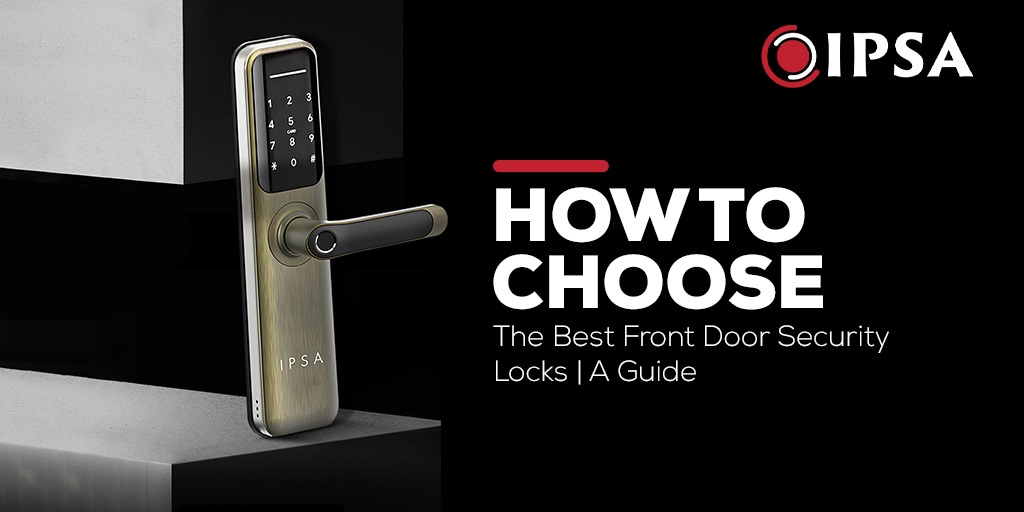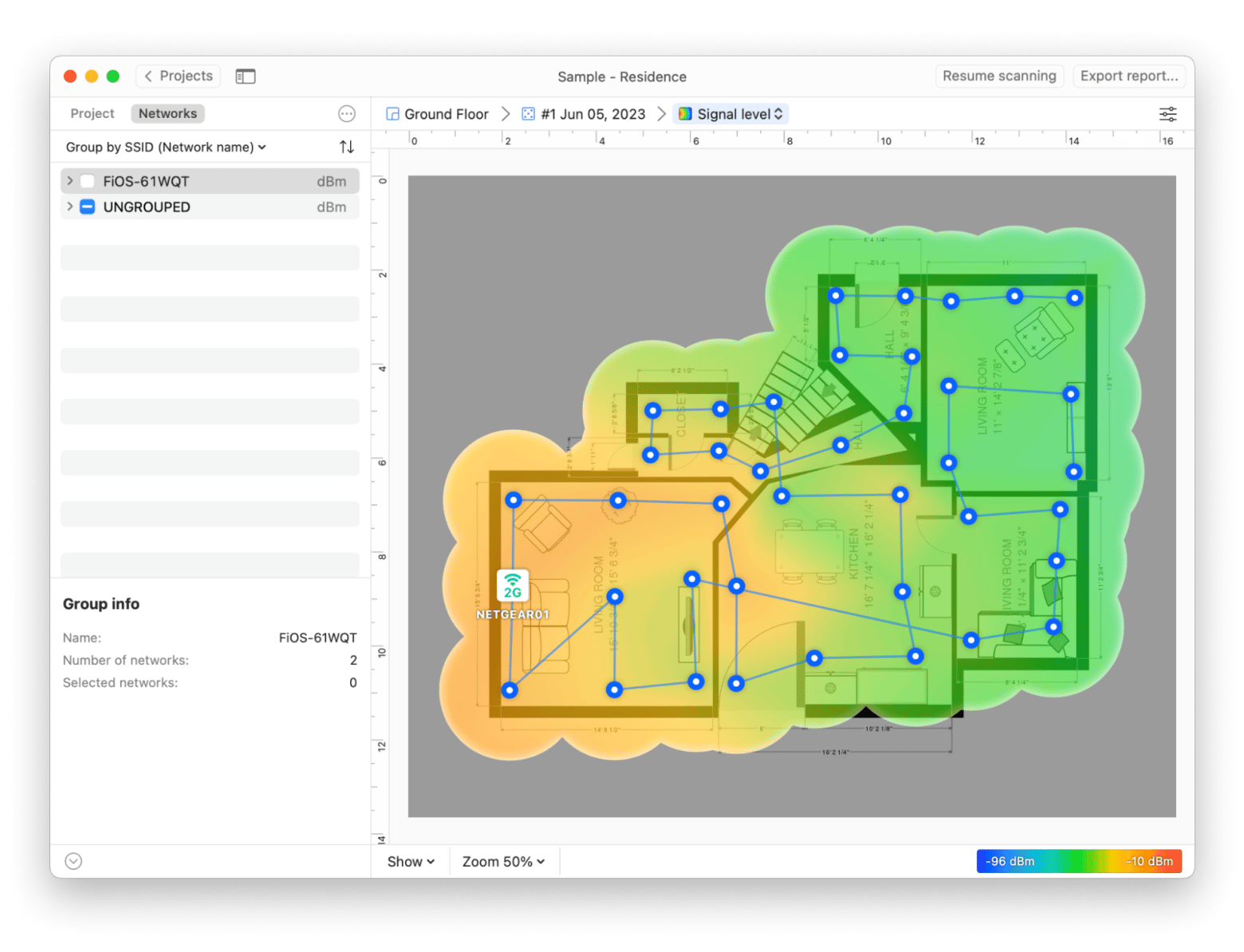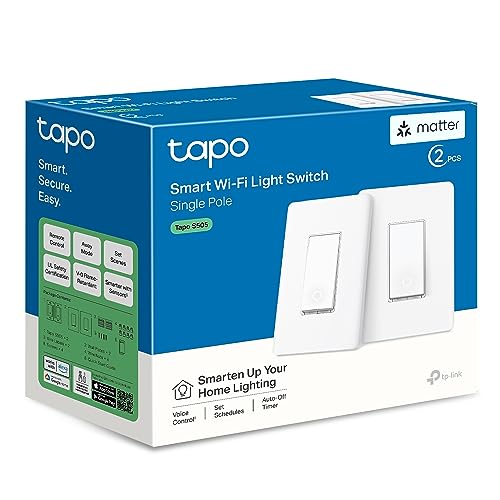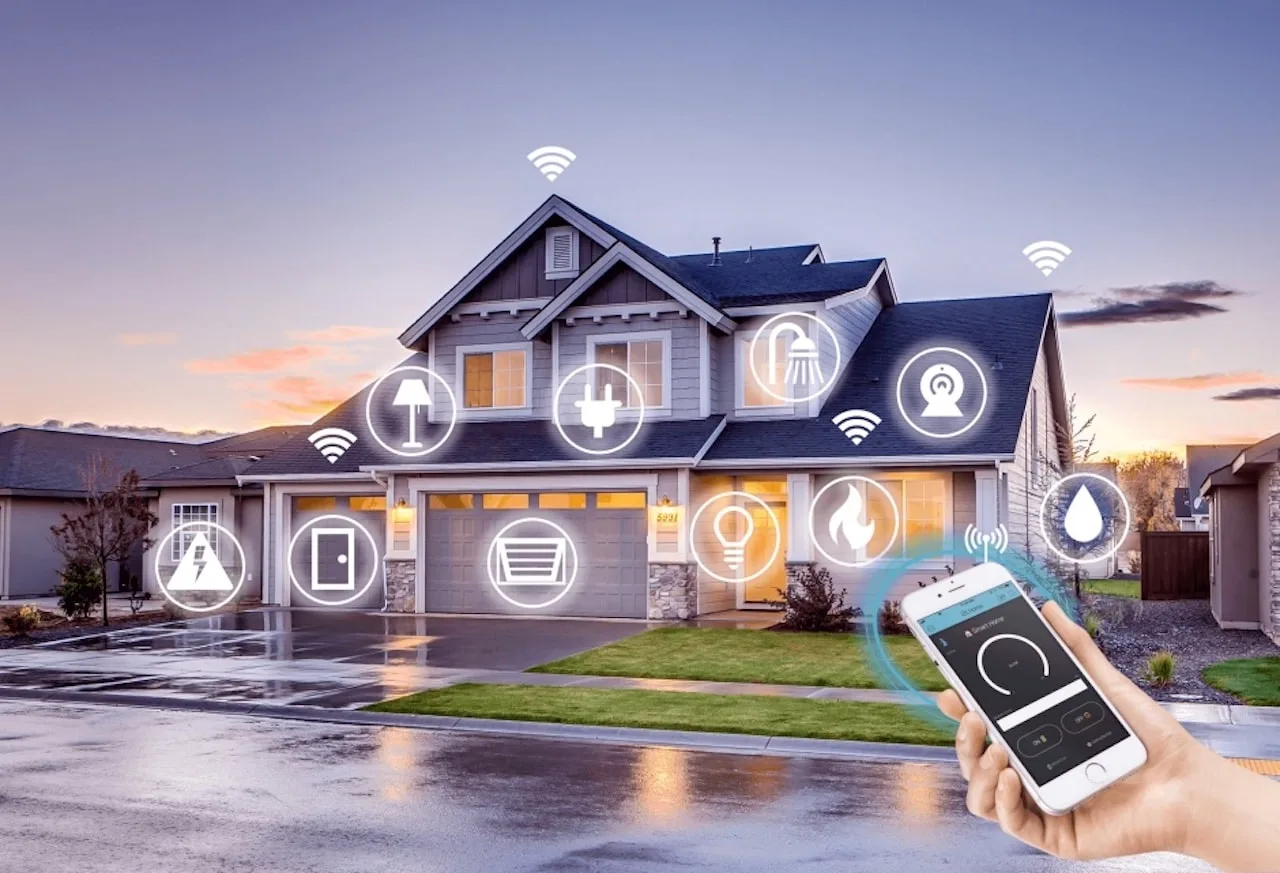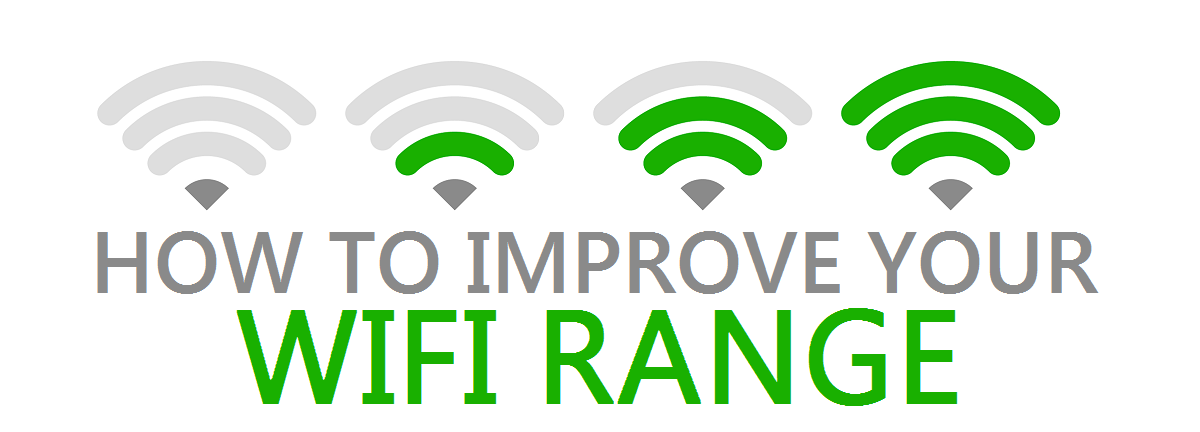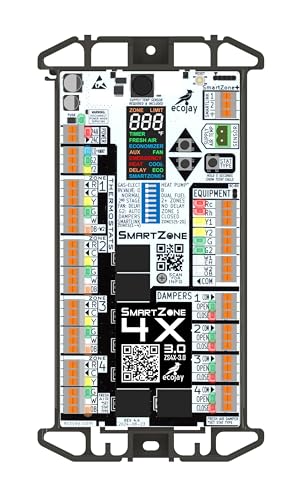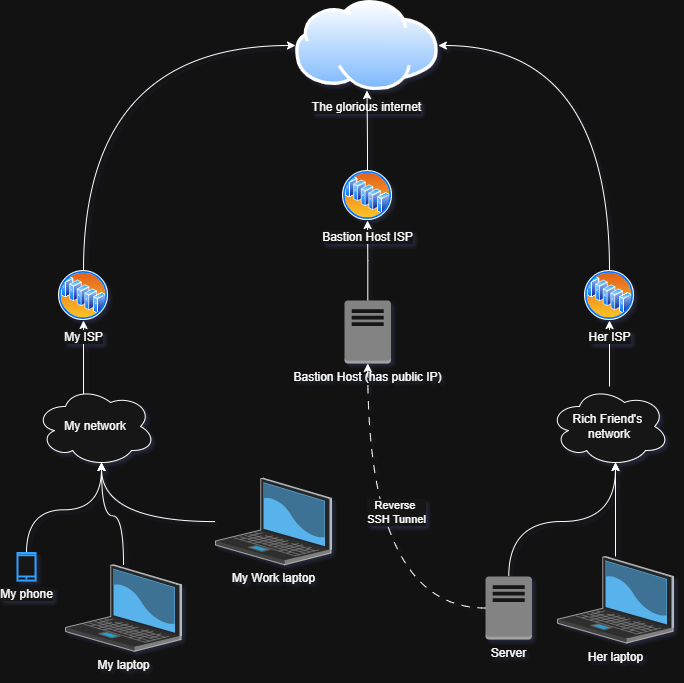Imagine never fumbling for your keys again or worrying if you locked the door behind you. With smart locks, you can control your home’s security right from your phone, making life easier and safer.
But with so many options out there, how do you choose the right one for your needs? This guide will help you understand everything you need to know about smart locks—so you can make a smart choice that fits your lifestyle perfectly.
Ready to unlock the future of home security? Keep reading.
Benefits Of Smart Locks
Smart locks make home security easier and more flexible. They bring new ways to control access to your door.
Using smart locks can improve safety and add comfort to your daily routine.
Convenience And Keyless Entry
Smart locks let you enter your home without a key. You can use codes, phones, or fingerprints instead.
This means no more lost keys or hiding spare keys outside. It also saves time when coming in or going out.
- Use a smartphone app to unlock doors
- Enter with a code on a keypad
- Use fingerprint or face recognition
- No need to carry physical keys
Enhanced Security Features
Smart locks have strong security options to keep homes safe. They often include alarms and automatic locking.
These features help prevent break-ins and alert you if someone tries to open the door without permission.
- Automatic locking after a set time
- Alerts for forced entry attempts
- Temporary codes for guests
- Logs of who entered and when
Remote Access And Monitoring
Smart locks let you control your door from anywhere. You can lock or unlock your door using your phone.
You can also check if your door is locked and see who comes in or goes out in real time.
- Lock or unlock doors remotely
- Receive notifications about door activity
- Grant access to friends or workers remotely
- View access history anytime
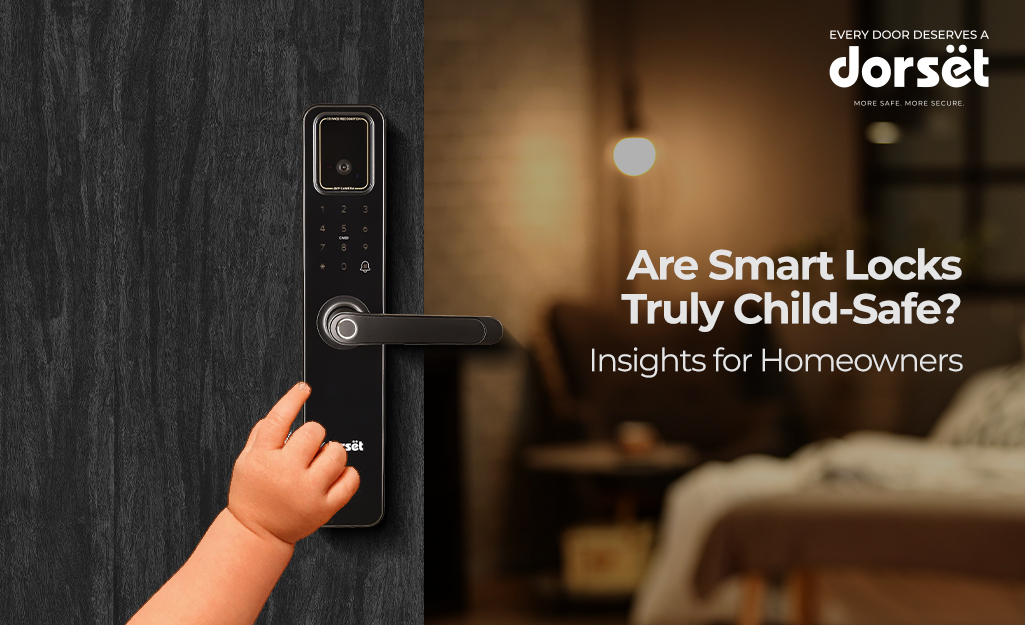
Credit: www.dorsetindia.com
Types Of Smart Locks
Smart locks let you control your door without keys. They use different technologies to connect to your phone or home system.
Understanding the types helps you pick the best one for your needs. Each type has its own way to communicate and work.
Wi-fi Enabled Locks
Wi-Fi smart locks connect directly to your home internet. You can control them from anywhere using a mobile app.
They often support voice assistants and send alerts when someone uses the lock. These locks need a strong Wi-Fi signal.
- Control from anywhere with internet
- Work with voice assistants like Alexa or Google
- Send notifications on lock activity
- Require constant Wi-Fi connection
Bluetooth Smart Locks
Bluetooth locks work by connecting your phone nearby. They use low power and do not need internet access.
You unlock or lock the door when you are close. These locks are good for small areas like apartments or offices.
- Connect only when phone is near
- No internet needed to operate
- Save battery power
- Good for close-range use
Zigbee And Z-wave Locks
Zigbee and Z-Wave locks join your home smart network. They use special signals to talk with other devices.
These locks need a hub to connect to your phone. They are reliable and use little energy for long battery life.
- Use smart home hubs for control
- Work with many smart home brands
- Low energy use for longer battery life
- Good for integrated home systems
Installation Tips
Installing a smart lock can make your home more secure. This guide helps you install it right the first time.
Follow these tips to make the process smooth and easy. Proper steps keep your lock working well.
Choosing The Right Door
Not all doors work well with smart locks. Check your door type before buying a lock.
Wood and metal doors are best for smart locks. Hollow doors may not hold the lock firmly.
- Measure door thickness (usually 1 3/8″ to 2″)
- Check door material for strength
- Look for existing deadbolt compatibility
- Avoid glass doors without a solid frame
Tools And Preparation
Gather all tools before you start. This saves time and avoids interruptions.
Prepare your workspace by clearing the area. Good lighting helps you see small parts.
- Screwdriver set (Phillips and flathead)
- Power drill with drill bits
- Measuring tape or ruler
- Pencil or marker for marking spots
- Level tool for straight installation
- Smart lock installation manual
Step-by-step Installation
Follow these steps carefully. Each step builds on the last to fit the lock properly.
- Remove the old lock and clean the door area
- Check that the new lock fits your door’s holes
- Install the latch into the door edge and secure it
- Attach the exterior part of the lock with keypad or sensor
- Connect the interior lock mechanism and secure with screws
- Insert batteries and test the lock functions
- Adjust strike plate on the door frame for smooth locking
- Use the manual to program your smart lock settings
Security Best Practices
Smart locks offer better control over your home security. Using them safely keeps your property protected.
Follow simple security steps to reduce risks. These tips help keep your smart lock safe from hackers.
Strong Passwords And Pins
Create passwords and PINs that are hard to guess. Avoid simple numbers or common words.
Use a mix of letters, numbers, and symbols. Change passwords regularly to improve security.
- Use at least 8 characters
- Include uppercase and lowercase letters
- Add numbers and special characters
- Do not use birthdays or simple sequences
- Change your PIN every few months
Regular Firmware Updates
Firmware updates fix security problems in smart locks. Keep your device software current.
Check for updates often. Install them as soon as they are available to stay protected.
- Enable automatic updates if possible
- Visit the manufacturer’s website for updates
- Restart your lock after installing updates
- Do not ignore update notifications
Multi-factor Authentication
Multi-factor authentication adds extra security layers. It requires more than just a password.
Use a second method like a code on your phone. This makes it harder for thieves to access your lock.
- Enable two-factor authentication in the app
- Use SMS codes or authentication apps
- Do not share your authentication codes
- Regularly review authorized devices
Integrating With Smart Home Systems
Smart locks can connect to many smart home devices. This helps you control your lock easily and safely.
Linking your smart lock with other systems makes your home more convenient and secure.
Compatibility With Voice Assistants
Smart locks often work with voice assistants like Alexa or Google Assistant. This lets you lock or unlock doors using simple voice commands.
Check if your smart lock supports popular voice assistants before buying. This ensures smooth operation with your existing devices.
- Amazon Alexa
- Google Assistant
- Apple Siri (via HomeKit)
Automation And Scheduling
Smart locks can work with automation systems to lock or unlock at set times. You can create schedules for daily routines.
This feature helps improve security and convenience without needing to control the lock manually every time.
- Set automatic locking at night
- Unlock doors when you arrive home
- Create temporary access for guests
Notifications And Alerts
Smart locks can send notifications to your phone. These alerts tell you when someone locks or unlocks the door.
This helps you monitor your home and respond quickly if there is unusual activity.
- Lock or unlock alerts
- Battery level warnings
- Access attempts notifications

Credit: zerokey.in
Troubleshooting Common Issues
Smart locks make homes safer and easier to access. Sometimes, they may have problems that stop them from working well.
This guide helps you fix common issues with smart locks. Follow the tips to get your lock working again.
Connectivity Problems
Smart locks often use Wi-Fi or Bluetooth to connect. If your lock does not respond, the connection may be weak or lost.
Try moving closer to the lock or resetting your router. Check if the lock’s app is updated to the latest version.
- Make sure your phone’s Bluetooth or Wi-Fi is on.
- Restart your home network if the signal is weak.
- Update the lock’s firmware through the app.
- Remove and re-pair the lock with your device.
Battery Replacement
Smart locks need batteries to work. Low or dead batteries cause the lock to stop responding or work slowly.
Check the battery level in the lock’s app or look for a warning light. Use the right type of batteries for your model.
- Open the battery compartment carefully.
- Remove old batteries and replace with new ones.
- Insert batteries in the correct direction.
- Close the compartment securely to prevent damage.
Lock Malfunctions
Sometimes the lock does not lock or unlock properly. Dirt, damage, or software glitches can cause this problem.
Clean the lock and check for any physical damage. Restart the lock or reset it to factory settings if needed.
- Remove dust and debris from the lock mechanism.
- Check screws and parts for tightness and damage.
- Restart the lock by removing batteries briefly.
- Reset the lock using the instructions in the manual.
Choosing The Right Smart Lock
Smart locks improve home security and add convenience. Picking the right one can be confusing.
It is important to think about your needs before buying a smart lock. This guide helps you decide.
Budget Considerations
Smart locks come in many price ranges. Decide how much you want to spend before you shop.
Cheaper locks may lack some features. Expensive ones often have more options and better security.
- Basic smart locks start around $50
- Mid-range models cost $100 to $200
- High-end locks may cost $300 or more
Feature Comparison
Look at the features each smart lock offers. Choose one that fits your lifestyle and security needs.
Some features to check include keyless entry, remote control, and integration with smart home devices.
| Feature | What It Does | Why It Matters |
|---|---|---|
| Keyless Entry | Open lock with code or app | Easy access without keys |
| Remote Access | Control lock from anywhere | Good for letting in guests remotely |
| Smart Home Integration | Works with Alexa or Google | Convenient voice or app control |
| Auto Locking | Locks automatically after set time | Improves security without worry |
User Reviews And Ratings
Read what other buyers say about smart locks. Reviews show real experiences with the product.
Check ratings for reliability, ease of use, and customer support. Avoid locks with many complaints.
- Look for locks with at least 4 stars
- Read recent reviews for up-to-date info
- Note any recurring problems mentioned

Credit: insights.made-in-china.com
Frequently Asked Questions
What Are Smart Locks And How Do They Work?
Smart locks are electronic devices that allow keyless entry to your home. They use Bluetooth, Wi-Fi, or Z-Wave technology to communicate with your smartphone or a key fob. You can control them remotely, granting access to guests or family members.
They enhance security and convenience by eliminating traditional keys.
Are Smart Locks Safe For Home Security?
Yes, smart locks are generally safe for home security. They offer features like encryption and two-factor authentication. These features prevent unauthorized access. Regular updates and strong passwords enhance security. However, it’s crucial to choose a reputable brand. Always follow manufacturer guidelines to ensure optimal safety.
Can Smart Locks Be Hacked Easily?
Smart locks can be hacked, but reputable brands offer robust security features. Encryption and regular software updates protect against hacking attempts. Using strong passwords and two-factor authentication adds an extra layer of security. Always keep your device’s firmware updated to minimize hacking risks.
Do Smart Locks Work During Power Outages?
Most smart locks have battery backups to function during power outages. They rely on batteries, not electricity, for operation. Some models allow manual key entry as a backup option. Regularly check battery levels and replace them as needed to ensure continuous functionality during outages.
Conclusion
Smart locks bring convenience and safety to your home. They offer easy access without carrying keys. You can control who enters and when. Many models work with your phone or voice commands. Choosing the right lock depends on your needs.
Installation is often simple and quick. Remember to keep your software updated for security. Smart locks add peace of mind every day. They make your home feel modern and secure. Consider one as a helpful step toward safer living.
19 min read

